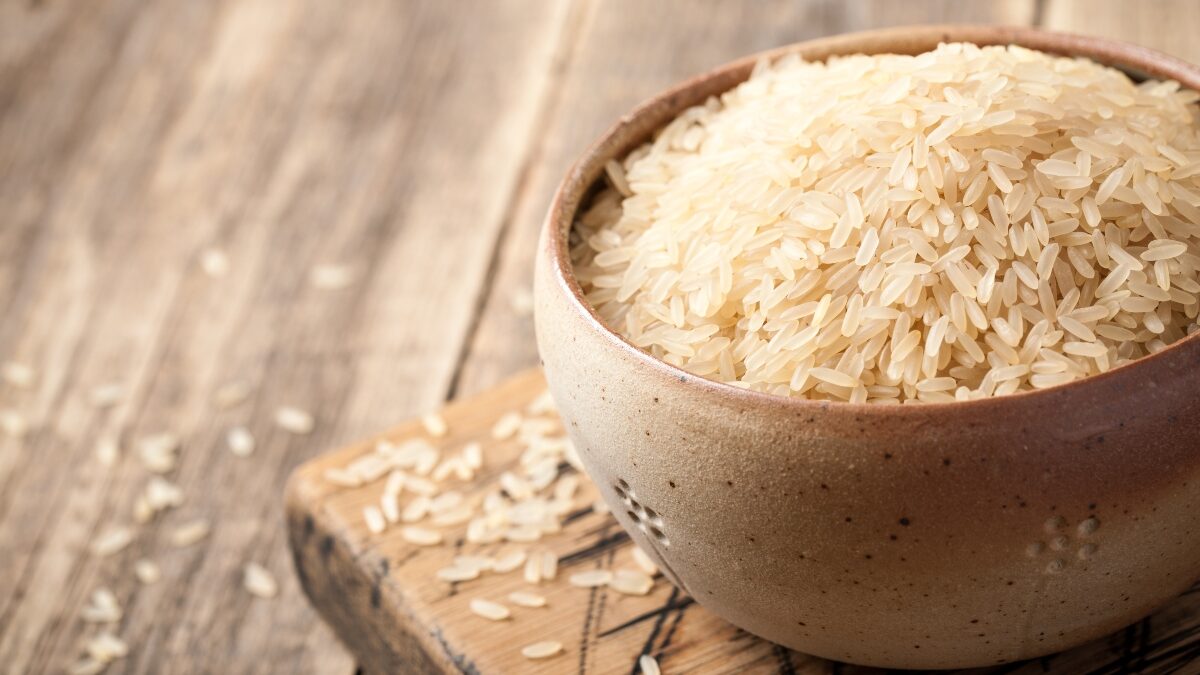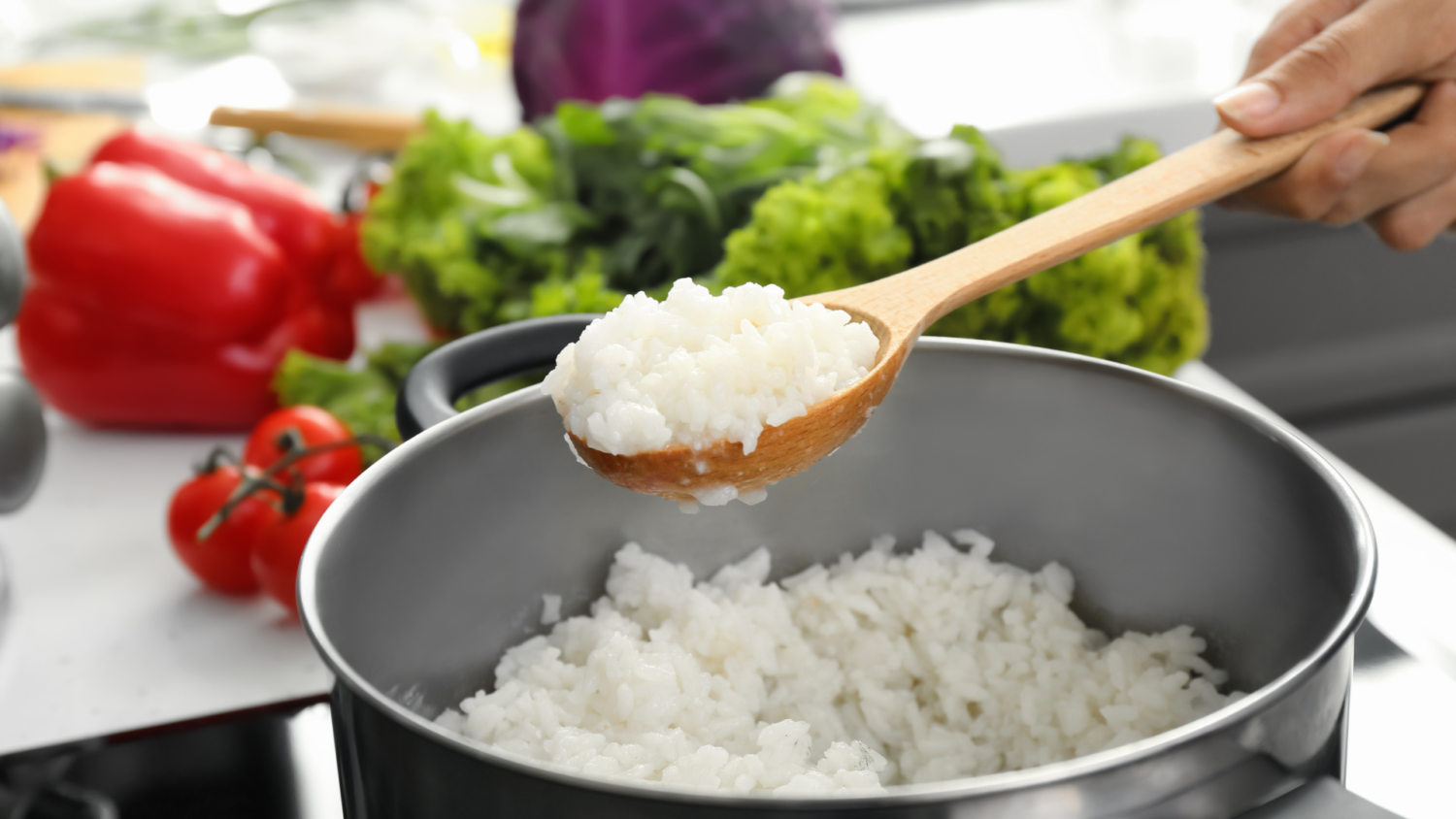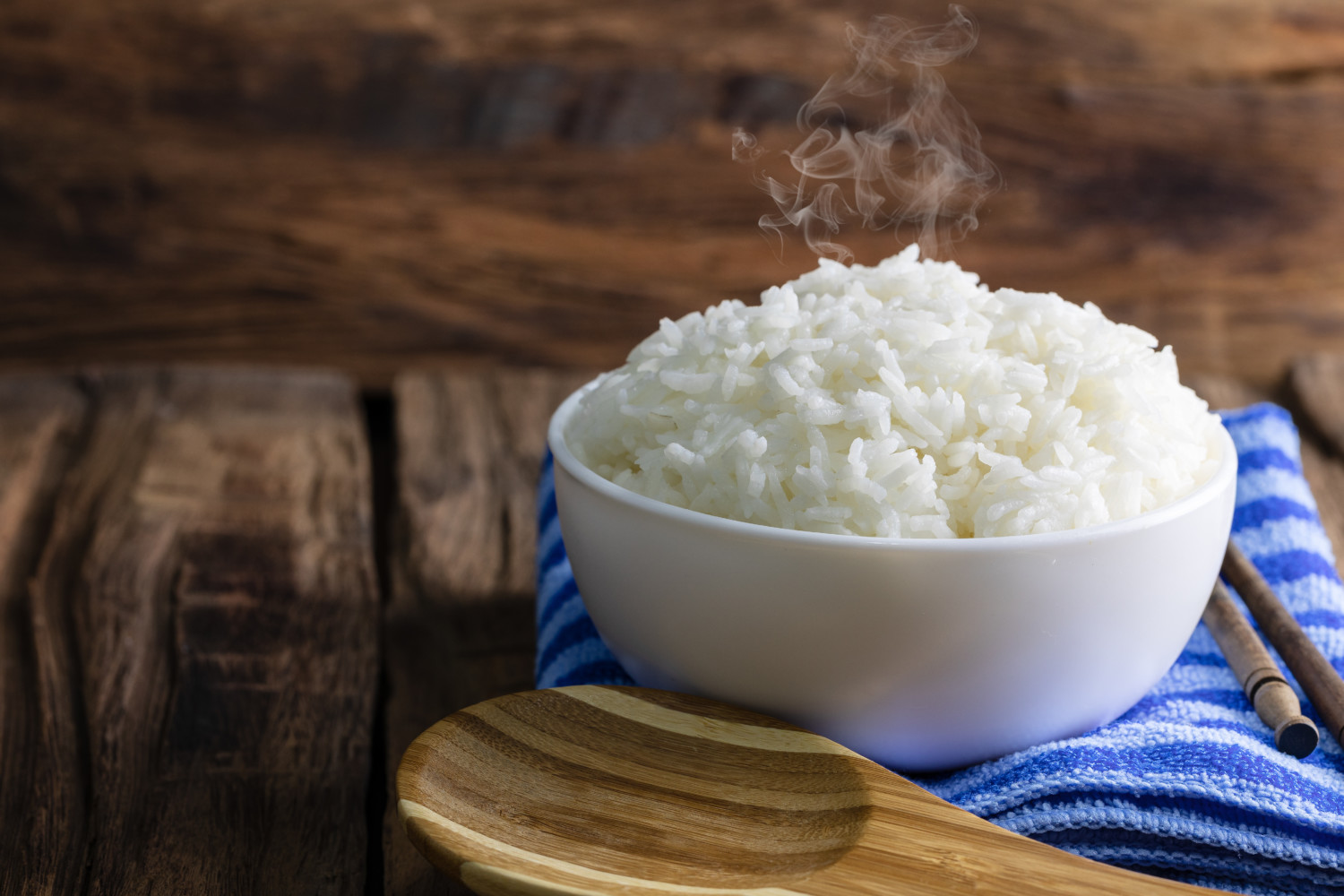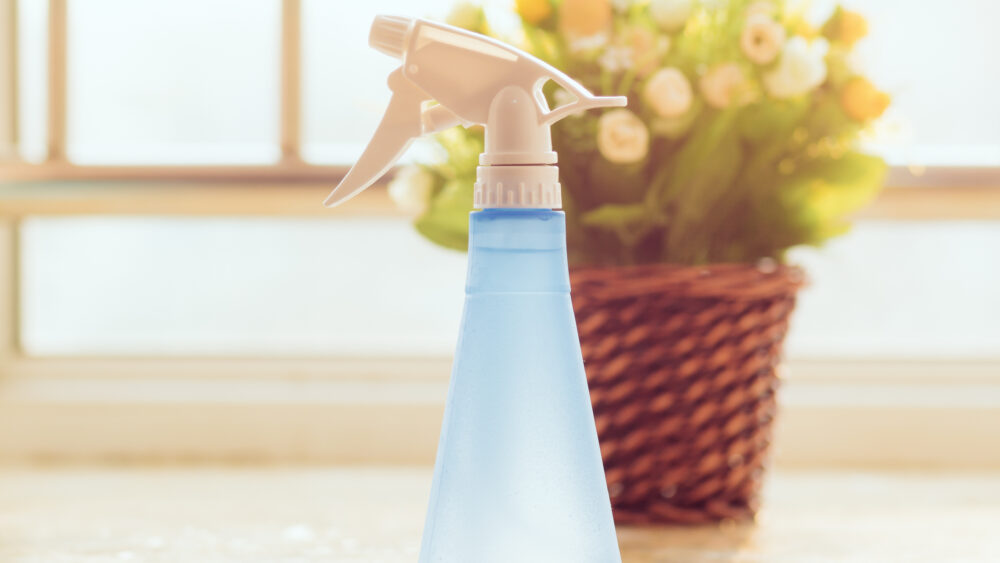Should you wash rice before cooking it?

Rice is an everyday meal staple all over the world. Americans ate about 4.8 million metric tons (5.2 million U.S. tons) of rice in 2022-2023, according to Statista.
You may be one of the people in this country that eats rice on a regular basis — with stir-fries, with beans, in sushi, or in many other ways. This food, often associated with Asian dishes, is becoming more of a staple in the U.S., with consumption expected to grow in years to come.
However, based on your culture, the dish you’re making, the time required, the type of rice, or other factors, you may not be washing your rice before you cook it. Should you?
Some Chefs Say, It Depends on the Dish—But Are They Right?
According to certain culinary experts, you wash your rice depending on the texture you want in your finished dish. This is because, when you wash rice, it removes a lot of the starch and changes the texture. As a result, your rice is lighter and fluffier — but this isn’t what you want for stickier dishes, like rice puddings.
“If you are cooking risotto or paella, you should not wash the rice because the washed rice draws out more starch and coats the surface of the rice’s surface,” Chef Masatomo Hamaya of restaurant O-Ku Sushi told Southern Living.
So, sometimes chefs won’t wash rice when making these kinds of foods — they consider this something that can ruin a dish. Rinsing the rice makes the grains particularly starchy, keeping the flavor of other ingredients from soaking into the rice.
However, not everyone agrees with the chefs. Research shows that washing rice doesn’t actually change the texture of the grain; the resulting fluffiness is a result of the type of rice that’s being used. So you may wish to listen to other experts instead.
MORE: Avoid rice food poisoning with these simple tips
Health Experts Say You Should Wash Your Rice Because Arsenic is a Factor
Rinsing rice removes dust particles, chemicals and other detritus and separates the grains. It also removes the outer layer of rice bran oil, which gets oxidized and may add an unpleasant flavor. Then, there’s the arsenic. Healthline reports that rice is the “single biggest food source of inorganic arsenic.”
Long-grain rice has higher levels of arsenic in it because its more commonly grown in the southern U.S., where there is more arsenic contamination in the soil. Medium-grain rice, on the other hand, often comes from California, where there’s less arsenic pollution in the soil.
Interestingly, while brown rice often is touted as healthier than white rice, it actually has a higher arsenic level because the outer parts (husk, bran and germ) of the rice haven’t been removed during processing.
However, you should know that the FDA’s research shows standard methods of washing remove just minimal amounts of arsenic while removing a large amount of the nutrients in rice, including iron, folate, niacin and vitamins. How much often depends on the type of rice and the rinsing and cooking process.
Experts say this doesn’t negate the other benefits of washing your rice before cooking, however.
MORE: Stick of butter rice is the 4-ingredient dish you need in your weeknight rotation
How to Wash Your Rice
Rinse your rice in a colander until the water runs clear. Or fill your pot of rice with water, swish, drain (either pouring carefully from the pot or through a colander), and repeat until you have clear water. This usually takes three or four cycles of quick rinsing.
You can save the starchy water you get during the rice rinsing process and water plants with it, as the starch helps produce good bacteria for the plants.
Other Methods to Remove Arsenic from Your Rice
A newer recommended technique purports to remove the most arsenic from rice. This method involves parboiling your rice in extra water before draining it and then adding a lesser amount of water, then fully cooking your rice at a lower temperature.
“We highly recommend this method while preparing rice for infants and children as they are highly vulnerable to arsenic exposure risks,” said University of Sheffield soil scientist Manoj Menon, author of a study on the method published in Science of the Total Environment,
Another way to guarantee perfectly cooked rice with as little arsenic as possible? Use a rice cooker — and make sure you add at least five times more water than rice. BBC program “Trust Me I’m a Doctor” explains that arsenic leaves rice in the water when it’s cooked. Cooking rice with so much extra water leaves a reservoir where the chemical remains, which can result in a 43% decrease in arsenic — more if you soak the rice overnight.
MORE: Can you freeze cooked rice?
Making the Perfect Rice
If you’re still looking for ways to make the perfect rice, you might want to follow popular vlogger Nigel Ng, whose alter ego is Uncle Roger, an expert in cooking Asian foods. Yes, he recommends washing your rice.
In his video, Uncle Roger uses the “finger” test and shows you how to cook the “perfect” rice (he generally prefers a rice cooker, but here he does it on a stovetop).
Fun fact: There is now musenmai rice, a “no-rinse” rice that’s been milled to remove the excess starch from white rice kernels. But it might be harder to find in U.S. grocery stores.







